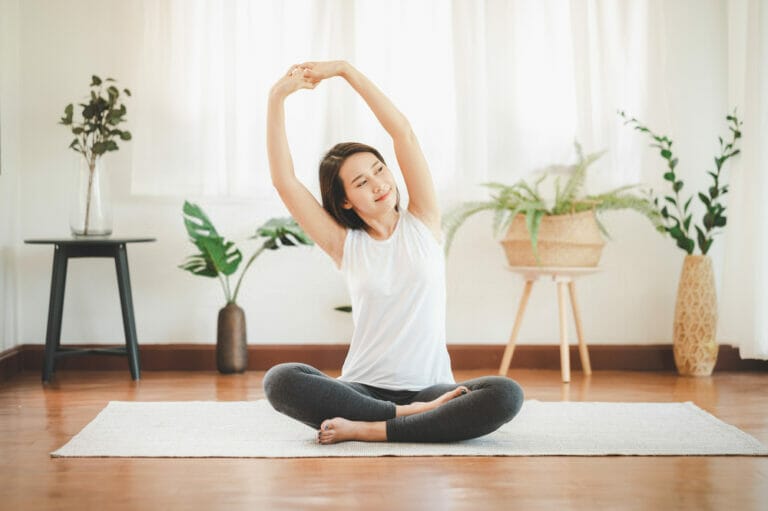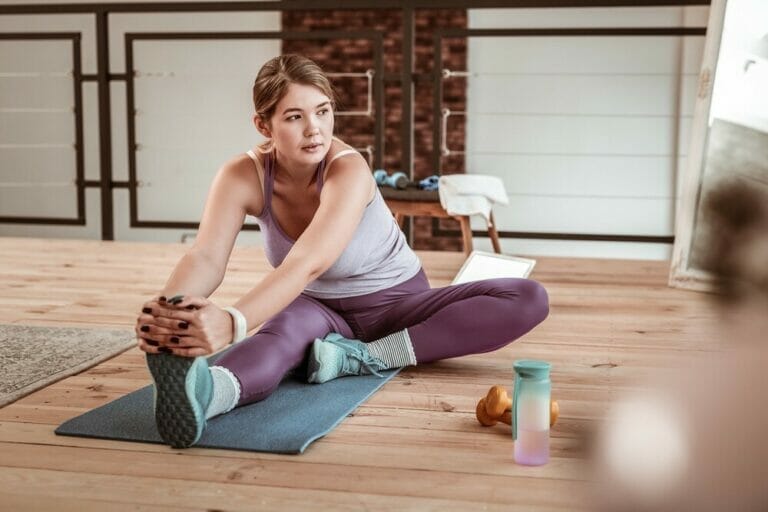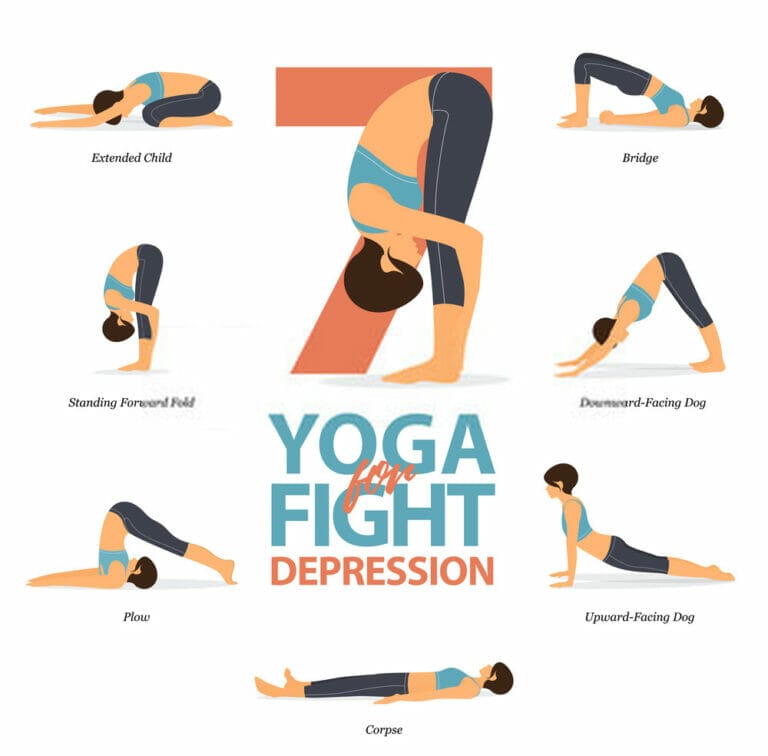The Amazing Benefits Of Yoga Poses For Treating Trauma
If you’ve been diagnosed with PTSD, it’s hard to find hope and peace in a seemingly chaotic world.
The leading causes of PTSD are traumatic events, such as war or physical assault. They may also be stressful events, such as the death of a loved one or the end of a romantic relationship.
Yoga can offer various ways to deal with the effects of trauma, and there are even poses for those new to yoga.
What is trauma-sensitive yoga, and how does it help?
Trauma-Sensitive Yoga Sequence is a therapeutic, restorative yoga sequence that uses yoga poses to help trauma survivors heal their nervous systems.
The poses in Trauma Sensitive Yoga Sequences allow trauma survivors to:
- Restore their nervous system to its natural state of equilibrium.
- Mobilize the muscles, ligaments, and tendons that stabilize the body’s posture and alignment.
- Gain strength in their joints and muscles after a period of rest following a traumatic event.
- Energize the body for activities of daily living.
The Trauma-Sensitive Yoga Sequence is used to help trauma survivors of all ages and abilities through a variety of health problems or injuries, including:
- Post-Traumatic Stress Disorder (PTSD) recovery.
- Myofascial Pain Syndrome (MPS).
- From injuries or surgeries.
- Arthritic pain from chronic conditions such as osteoarthritis (OA).
- Low back pain [from injury, surgery, or degenerative changes in the spine].
You can utilize the poses in Trauma Sensitive Yoga Sequence with or without props. It can be utilized anytime and in any setting (indoors or outdoors), using chairs, tables, benches, cradles, blocks, and other positions.
Let us look at some poses that you can do to help you heal physically and mentally from your trauma.
Child’s Pose
Most of the time, all that is required is a return to the fundamentals. The Child’s pose is a variation that resembles that of a baby in the womb. It is a common way to unwind.
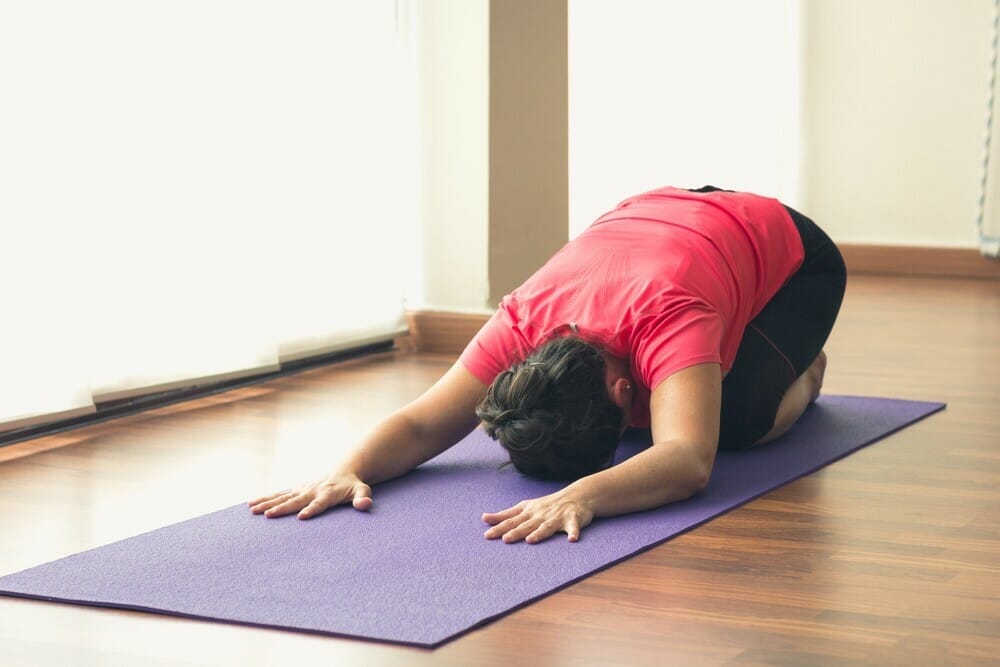
You'll be sitting on your heels with your knees apart, and your stomach is almost touching the mat. Your hands should be stretched out in front of you or resting next to your body.
In general, your stomach should be positioned between your thighs and your forehead.
Before getting into position, add a bolster in front of your legs to get the best results. Then lower yourself to the pose, making it appear as if you're hugging the bolster.
This pose will help you feel comfortable and take care of every part of you.
Constructive Resting Pose
Do you suffer from back pain? A constructive rest pose, a passive pose that neutralizes your back and realigns your spine, maybe the right tool for your hurting back.
It is a languid pose that balances your back and realigns your spine, reducing any pain you may be experiencing.
Lay on your back with your knees bent and your feet flat on the floor to achieve the pose. Your feet should be slightly wider than your hips, and your knees should be close together.
Release tension in your shoulders by placing your hands on your body. For five to ten minutes, inhale and exhale slowly.
Reclining Bound Angle Pose
The first step in healing, especially for past trauma, is establishing a connection between your body and mind. The bound angle reclining pose encourages you to look inward.
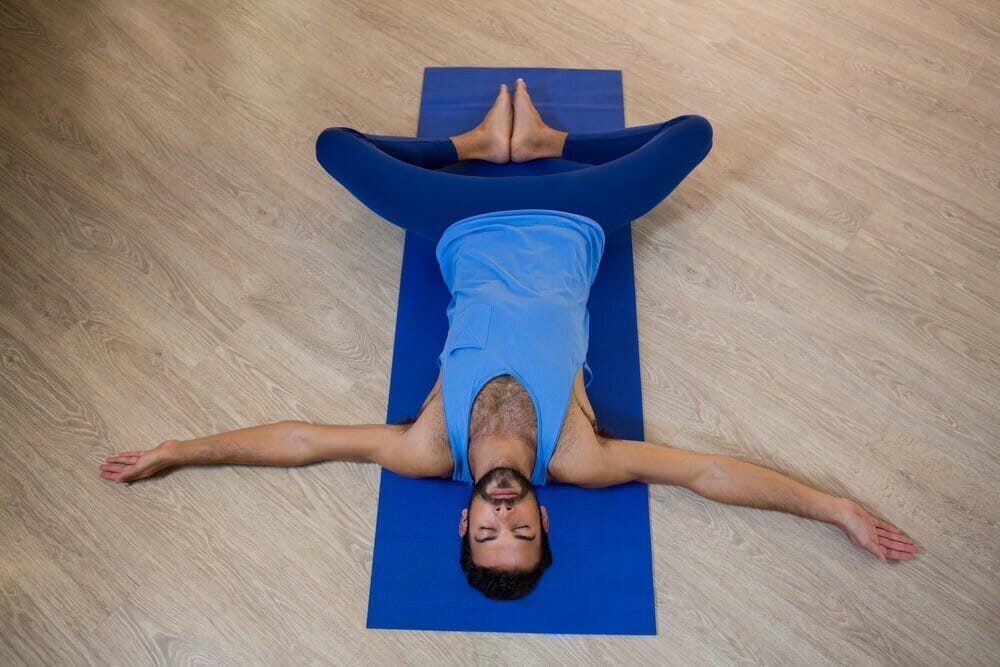
Your body and mind will explore internal sensations as you enter this yoga pose.
The more you do it, the better at noticing your emotions you will become.
This pose aids in the healing of lingering colds by promoting natural healing and supporting the immune system.
Lie on your back to achieve the reclining bound angle position. Bring your knees as near to your pelvis as possible by bending them. Allow the soles of your feet to contact as you open your knees to the outside. This pose is also among the best advanced hip opening yoga poses.
Place a bolster under each knee to keep the stretch on the inner thighs from feeling too severe. Place one hand under your head and the other on your belly. For at least five minutes, breathe gently and steadily.
Extended Puppy Pose
The benefits include improved posture, improved circulation, increased energy level, increased flexibility in hips and spine.
You may even experience some improvements in digestion through the abdominal muscles being used to stabilize themselves when breathing.
Reach your hands away from your body while keeping your hips stacked over your knees from a tabletop posture. Bring your chin/forehead to the carpet and keep your arms active by pushing your forearms and hands down.
Expand into your back body on an inhalation, and let your heart sink toward the floor on an exhale.
Chair Pose
This pose is a simple and effective way to go into more profound relaxation. In addition, the chair pose will help you combat anxiety, depression, insomnia, and other stress-related symptoms of PTSD.
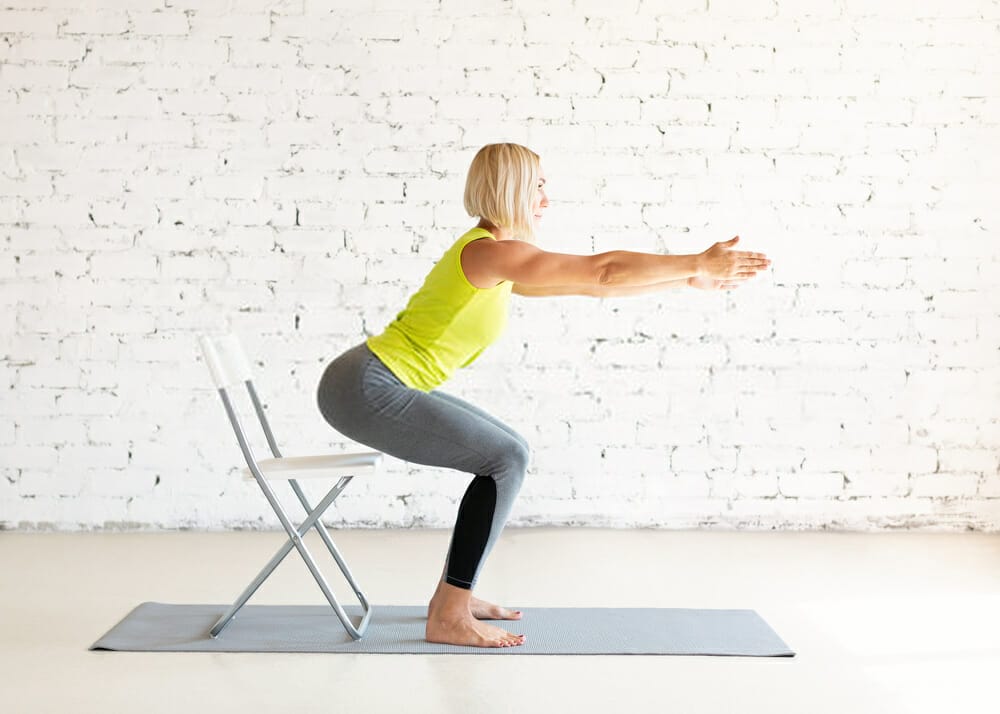
Sit back and shift your weight from your feet to your heels, keeping your knees stacked on your ankles. Encourage your tailbone to stretch down toward the earth by hugging your belly button up and back toward your spine.
To engage your core:
- Draw your lower ribs near your belly button.
- Raise your fingertips to the ceiling and twist your pinky fingers inwards to frame your ears with your biceps.
- Reach your hands away from your shoulders on inhale, then sit back and down a bit further on an expiration.
Eagle Pose
This pose is beneficial for those suffering from chronic pain and depression.
All four edges of your right foot should be rooted. Next, wrap your left leg around your right leg, then your left foot around your right ankle.
Then, draw your belly button up and back toward your spine by squeezing your thighs together.
Next, wrap your left arm over your right and bring your palms (or the backs of your hands) together.
Feel your shoulder blades slide down your spine as you reach your fingertips toward the ceiling. Squeeze your thighs and arms together on each inhale, and sit a little deeper on each exhale. Then, on the opposite leg, repeat.
Warrior II
It helps to move energy and relieve physical and emotional tension, anxiety and depression.
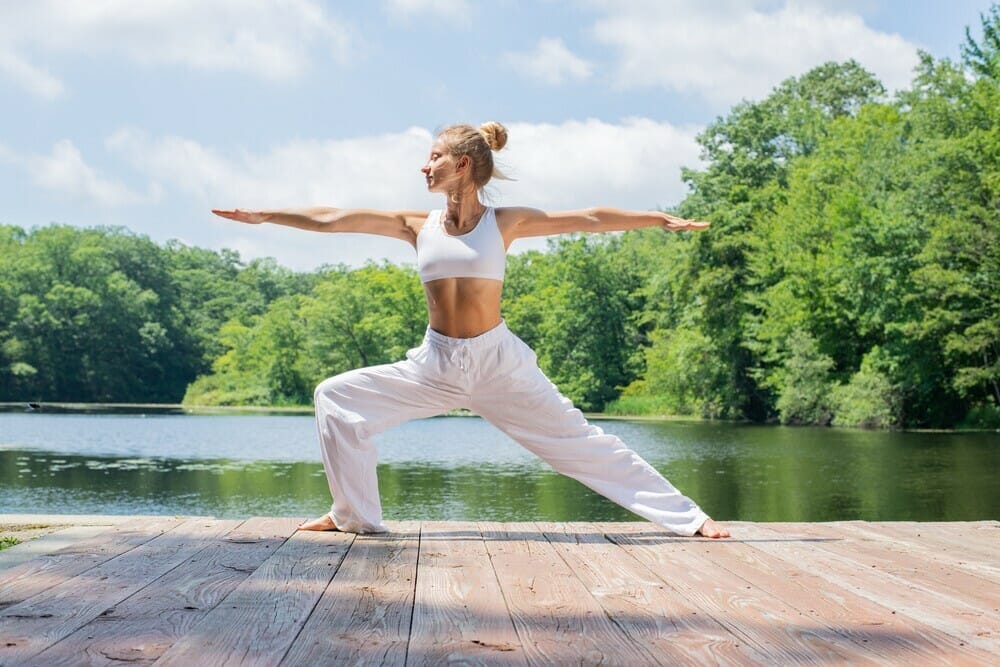
Place your front foot forward in a wide-legged stance, with your front knee stacked over your ankle and in line with your second and third toes. Slightly invert your rear foot. (Your foot, knee, and hip should all be parallel.)
Draw your belly button up and back into the spine, anchoring your weight equally into both feet.
Reach your arms apart in a T-shape, and concentrate your gaze across the top of your front palm. Then, reach your arms wider apart on each inhale, and bend a bit more into the front knee.
Conclusion
In conclusion, strengthening your body and mind will not only help you overcome the painful symptoms of PTSD but also improve your life. So be sure to practice the exercises listed above as often as possible to achieve the best results.
You can begin implementing more yoga poses that heal the body and relax your mind by easing into these practices.
Yoga relaxation provides peace for those who have PTSD because it gives them time to reflect on their trauma rather than allowing their minds and bodies to go over it again and again constantly.
If you know someone who has suffered from psychological trauma, talk to them about incorporating a yoga practice or joining yoga classes. It may help them feel better and have a happier life!



